South Fork of the Payette Overview
The S.F. of the Payette is the linchpin of the entire Sawtooth Mountains. In the lower half of the drainage (see Taylor Springs for an overview), Trail Creek and Baron Creek connect over three divides to the Salmon River. It is the headwaters of the South Fork (upstream of Elk Lake), however, that really tie the range together. Above Smith Falls, the upper canyon splits into five separate alpine basins that link over passes to the Salmon, Middle Fork, and North Fork of the Boise Rivers. The trails in the upper South Fork connect the disparate ends of the Sawtooths together, allowing a variety of long backpacking loops or even point-to-point traverses through the entire range. The Sawtooth Wilderness Overview offers suggestions for multi-day backpacking loops.
On a map it is a little unclear which of the upper canyons extends the furthest upstream in order to claim the title of “headwaters” of the South Fork of the Payette River. At a quick glance, the five drainages that contain Everly, Benedict, Ardeth, Virginia, and Hidden Lakes are nearly equidistant from where the canyon splits above Smith Falls. Though the map labels the outlet of Virginia Lake as the South Fork of the Payette River, it is actually a half-mile further to the top of the Benedict drainage. It may seem like splitting hairs, but if someone wanted to claim to have hiked to the true “source” of the South Fork, it would take them to the springs emerging beneath the east face of Plummer Peak!
With so many trails connecting over multiple divides, there are many ways to access the canyons in the upper South Fork of the Payette. For example, Hidden, Virginia, Edna, and Vernon Lakes are actually closer to trail heads in the Salmon River drainage (Redfish, Hell Roaring, Yellow Belly, or Pettit). It will, however, require climbing over one or even two high mountain passes to get there. Everly and Plummer Lakes also happen to be closer to the Queens River trailhead, but this does not take into account the time and effort it takes to simply reach the remote community of Atlanta. How to approach these alpine basins depends on the specific itineraries of individual hikers, but things like snow cover and water levels at major stream crossings should certainly be considered.
Hidden Lake and Beyond
For hikers venturing upstream of Elk Lake, the main stem of the canyon continues for 2.3 miles to Smith Falls. Initially, there are some nice views of the polished slabs beneath Elk Peak, but the canyon bottom is covered in dense forest that quickly swallows the trail shutting off all views. The ford across the South Fork could be an issue during early summer runoff. Smith Falls is a stunning cascade pouring over a glacially-polished bedrock slab. The slab itself has been undercut by erosion along a black dike that can be traced up the canyon walls in both directions. There are nice swimming holes at the base of the falls for those willing to brave the refreshing dip.
Most of the upper canyon from Smith Falls to the south shore of Hidden Lake is cloaked in a thick cover of trees, offering just a few frustrating glimpses of the surrounding landscape. Above Smith Falls are two back-to-back crossings of Benedict Creek and the South Fork of the Payette that both have potential to be challenging at high spring and early summer flows. Above the Virginia Lake junction, the size of the river has diminished but four additional crossings are steep and wide enough to give pause when swollen with snowmelt.
Once hikers emerge from the woods onto the south shore of Hidden Lake, they are presented with a dazzling array of color in the surrounding cirque. A highly mineralized zone in the underlying bedrock paints a swath of red across the basin. This stands out in contrast to the green lichen-covered slabs on the NW ridge of Payette Peak and the grey-white granite exposed in the SW face of Mount Cramer.
There are some pretty wildflower meadows above the lake with an outstanding view of Snowyside and Peak 10,205 framed perfectly between walls of the Hidden Lake cirque to the south. From the top of the Cramer Divide, hikers are treated to another stunning vista across the face of the Temple towards the sweeping west face of Mt. Cramer! The Cramer Divide connects to the Cramer Lake adventure via Redfish Lake Canyon.
Hiking distances and ascents are as follows:
- From Grandjean Trailhead to Hidden Lake: 18.2 miles, 3,777 feet
- From Grandjean Trailhead to Cramer Divide: 20.1 miles, 4,696 feet
- To Hidden Lake from Redfish Inlet Trailhead: 11.5 miles, 3,132 feet
Technical Climbing
The west face of the NW ridge of Payette Peak has some beautiful, green granite slabs that will likely yield some quality short pitches of corner and crack climbing.
Wilderness Regulations
Most of the trail lies within the Sawtooth Wilderness. Please observe the following regulations:
• Mountain bikes are not allowed past the wilderness boundary.
• Self administered wilderness permits are required and available at the trailhead.
• Dogs must be on a leash between July 1 and Labor Day
• Camp 100-feet from trails, lakes and streams
• Pack out all garbage.
• Human waste should be buried in a cat hole 6-8 inches deep, buried and well disguised. Pack out all toilet paper.
• Campfires allowed ONLY in a backcountry pan or fire blanket
• Campfires are NOT allowed at some lakes and in some drainages in the Sawtooths. Please review the campfire restrictions at individual trailheads.
• Permits required for all stock use in the wilderness. No grazing allowed in the Salmon River watershed (This includes the Alpine Lake drainage)
• No equine stock at Edith Lake. ALL stock prohibited in the Goat Creek and Alpine Creek (Alturas Lake) drainages.
Logistics + Planning
Current Weather: Powered by Dark Sky







Preferable season(s)
Congestion
Parking Pass
Pros
Cons
Trailhead Elevation
Features
Suitable for
Nearby Adventures
Nearby Lodging + Camping
Our mission is to inspire adventure with beautiful, comprehensive and waterproof map-based guidebooks. Owner, publisher, and photographer Matt Leidecker, grew up exploring and guiding on the rivers in central Idaho. His award winning Middle Fork of the Salmon River – A Comprehensive Guide is the standard by which other river guidebooks are measured. Printed on virtually indestructible YUPO paper, IRP guides are truly unique all-in-one resources for adventure. Each book is loaded with full-color maps, stunning photographs, and information on the history, geology, and wildflowers. Visit Idaho River Publications to explore our guidebooks to the Rogue River in Oregon and the mountains of Central Idaho.

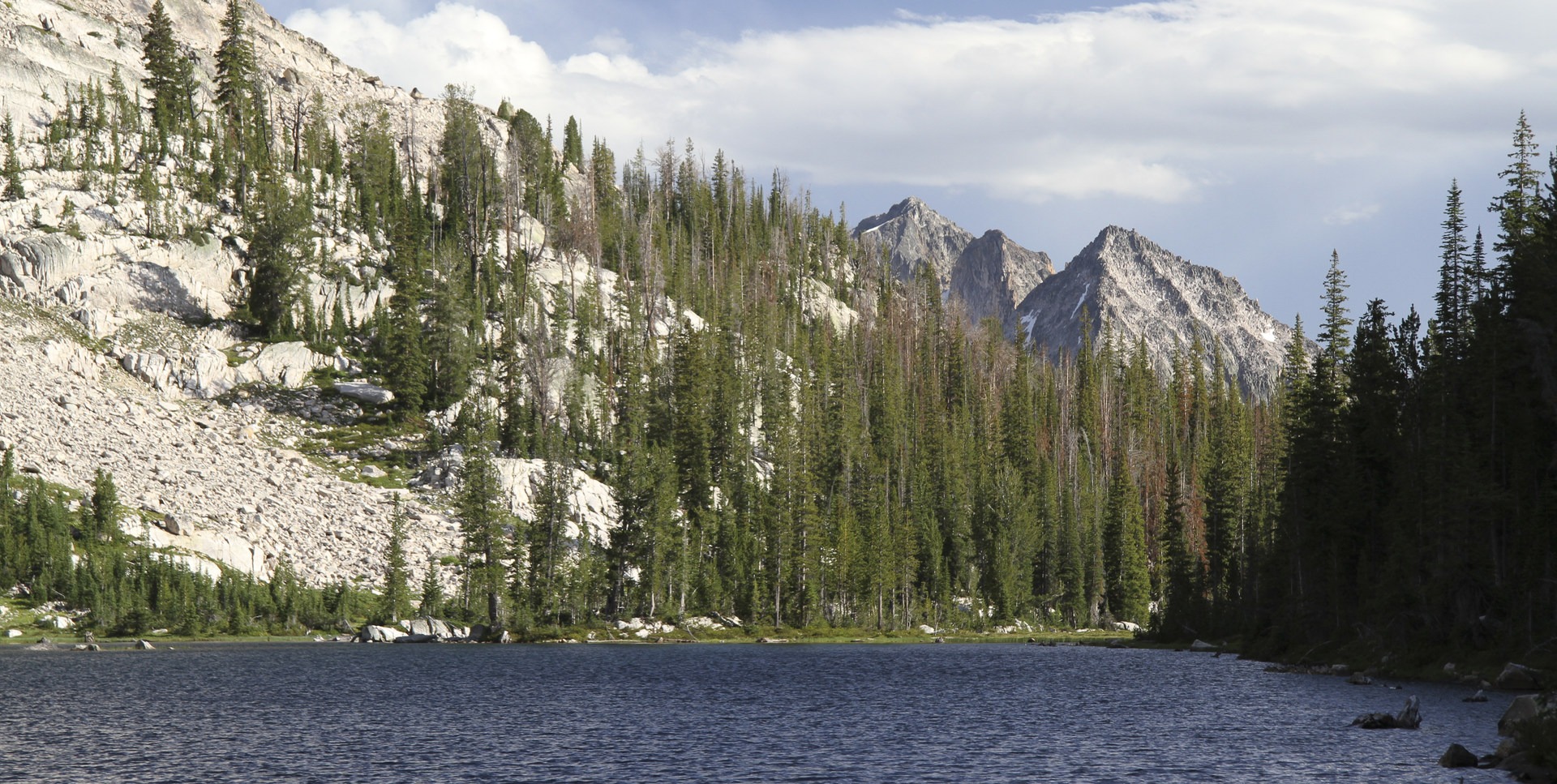



















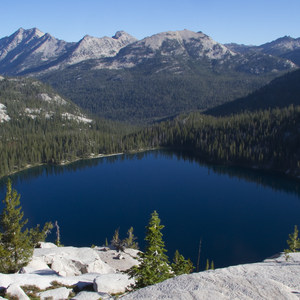


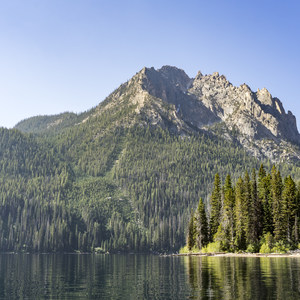
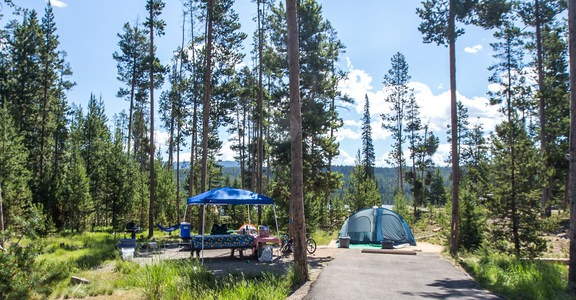
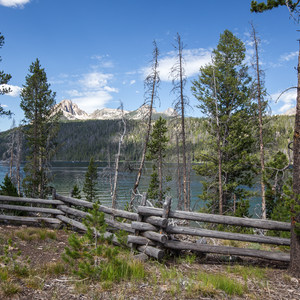

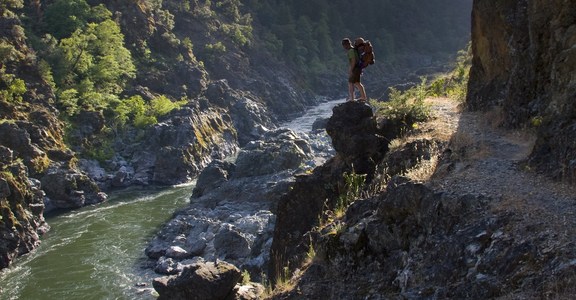
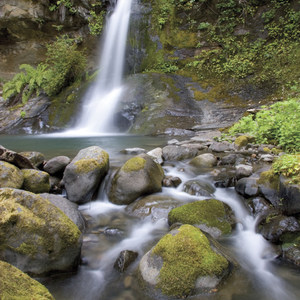
Comments
Sign In and share them.